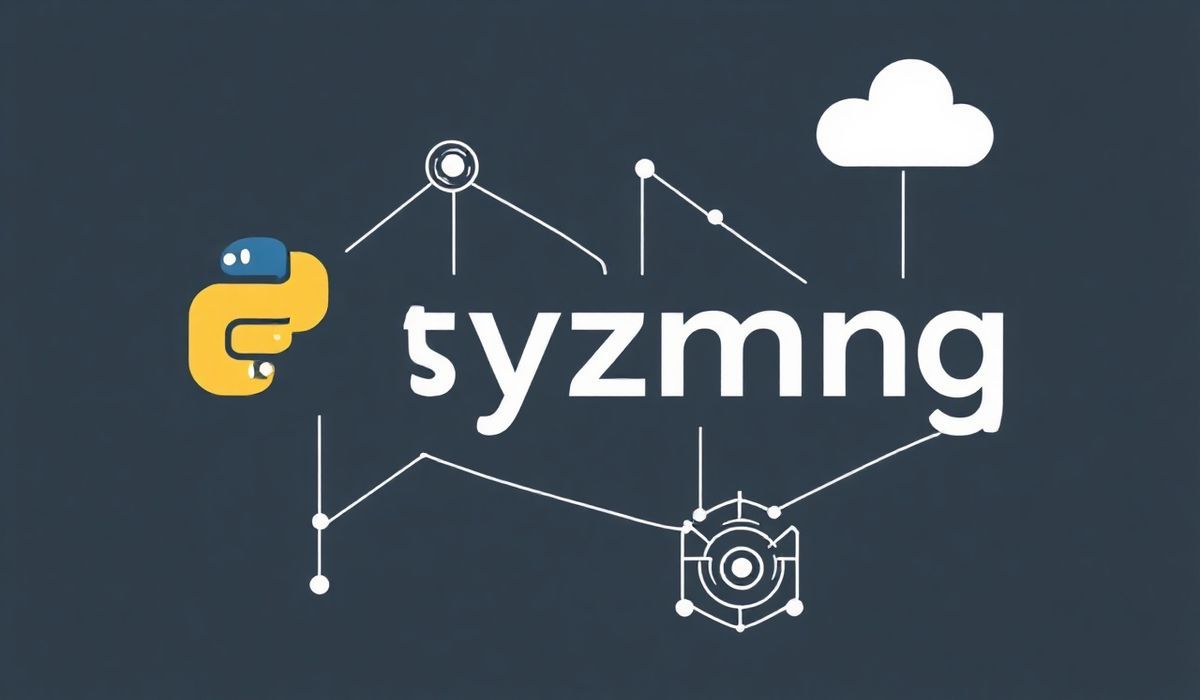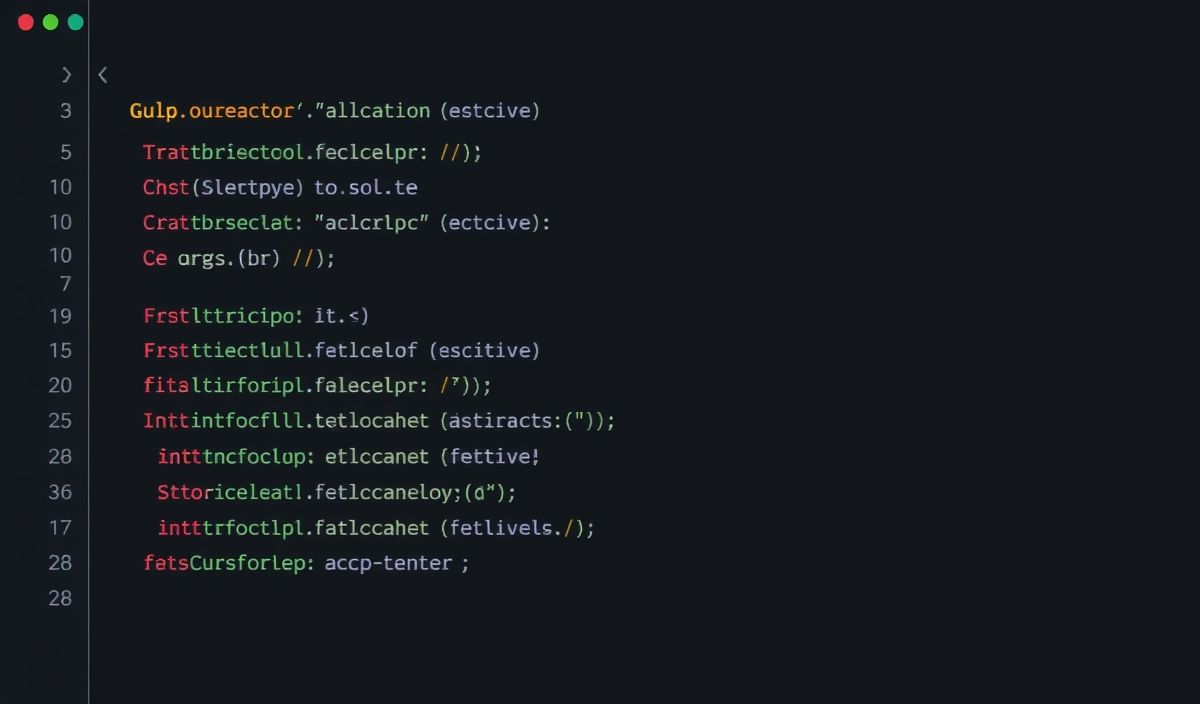Enhance Python Networking with pyzmq: A Guide to APIs and Practical Examples
pyzmq is the Python binding for ZeroMQ, a high-performance messaging library that provides building blocks for distributed and concurrent applications. With its simple yet powerful APIs, it supports multiple communication patterns like publish/subscribe, request/reply, and many more.
In this blog post, we’ll explore everything you need to know about pyzmq: its features, useful APIs, and practical examples with sample code to guide your development process. Whether you’re a beginner or a seasoned developer, you’ll walk away with actionable insights to use pyzmq effectively in your projects.
Introduction to pyzmq
pyzmq unites Python’s ease of use with ZeroMQ’s speed and flexibility. This library enables you to develop networked applications with a clean and scalable messaging layer. With support for multiple language bindings and advanced socket behaviors, it’s widely adopted for distributed systems, microservices, and real-time applications.
pyzmq Key APIs and Examples
Here’s an overview of pyzmq’s most essential APIs, along with examples to help you use them effectively.
1. Creating a Context
The zmq.Context object initializes ZeroMQ and acts as the main entry point for creating sockets.
import zmq
context = zmq.Context()
print(f"Context created: {context}")
2. Setting Up a Socket
Sockets in pyzmq are the core components of communication. Common socket types include REQ (Request), REP (Reply), PUB (Publish), SUB (Subscribe), etc.
# Create a socket of REQ type
socket = context.socket(zmq.REQ)
socket.connect("tcp://localhost:5555")
print("Socket connected!")
3. Simple Request-Reply Example
Request-Reply is ideal for client-server communication patterns.
Server Code:
import zmq
context = zmq.Context()
socket = context.socket(zmq.REP)
socket.bind("tcp://*:5555")
while True:
message = socket.recv_string()
print(f"Received: {message}")
socket.send_string(f"Reply: {message}")
Client Code:
import zmq
context = zmq.Context()
socket = context.socket(zmq.REQ)
socket.connect("tcp://localhost:5555")
socket.send_string("Hello, World!")
response = socket.recv_string()
print(f"Server Response: {response}")
4. Publish-Subscribe Model
The Publish-Subscribe pattern enables one-to-many communication for broadcasting messages.
Publisher Code:
import zmq
import time
context = zmq.Context()
publisher = context.socket(zmq.PUB)
publisher.bind("tcp://*:5556")
while True:
publisher.send_string("topic: Hello Subscribers!")
time.sleep(1)
Subscriber Code:
import zmq
context = zmq.Context()
subscriber = context.socket(zmq.SUB)
subscriber.connect("tcp://localhost:5556")
subscriber.setsockopt_string(zmq.SUBSCRIBE, "topic")
while True:
message = subscriber.recv_string()
print(f"Received: {message}")
5. Using DEALER and ROUTER Sockets for Advanced Patterns
DEALER and ROUTER sockets offer flexible messaging patterns for advanced use cases.
# DEALER-ROUTER example
context = zmq.Context()
# Router (Server)
router = context.socket(zmq.ROUTER)
router.bind("tcp://*:5557")
# Dealer (Client)
dealer = context.socket(zmq.DEALER)
dealer.connect("tcp://localhost:5557")
Building a Real-World App with pyzmq
Let’s create a basic chat application using pyzmq’s APIs to solidify our understanding.
Chat Server
import zmq
context = zmq.Context()
socket = context.socket(zmq.PUB)
socket.bind("tcp://*:5558")
print("Chat server running...")
while True:
message = input("Enter message: ")
socket.send_string(message)
Chat Client
import zmq
context = zmq.Context()
socket = context.socket(zmq.SUB)
socket.connect("tcp://localhost:5558")
socket.setsockopt_string(zmq.SUBSCRIBE, "")
print("Listening for messages...")
while True:
message = socket.recv_string()
print(f"New message: {message}")
Conclusion
As you’ve seen, pyzmq provides flexible and powerful APIs to build various messaging patterns suitable for different architectures. From client-server models to complex distributed systems, its functionality can cater to a wide array of needs. Start experimenting with these examples, and feel free to integrate the solutions into your projects!




